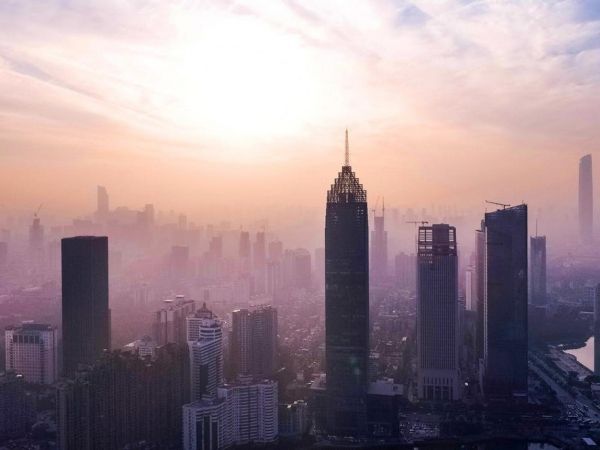Global climate change is often at the forefront of national and international discussions and controversies, yet many details of the specific contributing factors are poorly understood. Many questions remain unanswered about just how broad humans’ effect on Earth’s shifting climate really is.
Now, PNNL scientist Dr. Xiao-Ying Yu and her team have discovered important information about the formation of secondary organic aerosols (SOAs), which are quickly becoming a primary pollutant of concern in terms of climate change.
SOAs are airborne molecules produced from parent organic molecules, often known as volatile organic compounds (VOCs), by a series of photochemical reactions. VOCs enter the atmosphere as gases emitted from the biosphere and are currently released in massive quantities from human activities, such as burning fossil fuels like gasoline, coal, and natural gas. VOCs can also come from pesticides and household products like paints, adhesives, and air fresheners. When taken up in airborne water, VOCs are primed for reactions that form SOAs.
Depending on the scenario, SOAs can have a cooling or warming effect on the climate. This is because they can both absorb and reflect light. Light absorption causes cooling, while reflection results in warming. Thus, SOAs can have a dynamic and unpredictable effect on the progression of climate change.
SOAs don’t just contribute to atmospheric changes—they are also important players in human health and can have adverse effects on our respiratory and circulatory function.
Continue reading at Pacific Northwest National Laboratory
Image via Pacific Northwest National Laboratory


